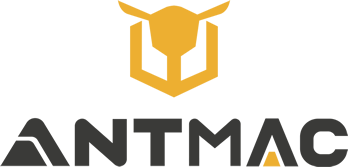Technical Analysis of Electrical Control Systems for Scissor Lifts: End-to-End Safety Assurance from Components to Protection
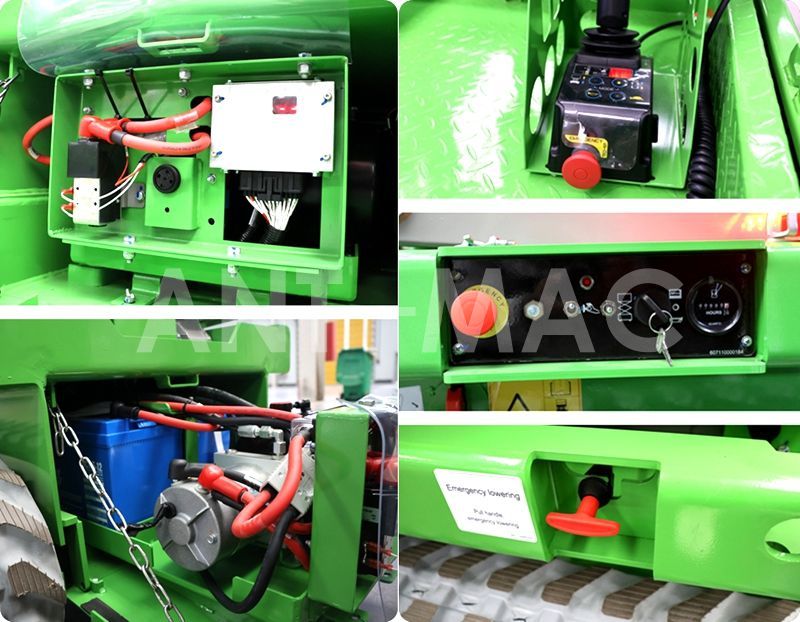
In modern industrial logistics and aerial work, scissor lifts have become core equipment for scenarios like warehouse handling and equipment maintenance. As the "nerve center" of the equipment, their electrical control systems continuously enhance operational efficiency and safety through technological iterations. This article comprehensively dissects how electrical control systems achieve precise end-to-end control from command reception to power output, from system architecture and core components to safety mechanisms, while revealing technological innovations from leading industry enterprises.
I. System Architecture: Collaborative Logic of Core Components
The electrical control system of scissor lifts adopts a modular integrated design, forming a closed-loop control system with four core units:
Control Unit: Serving as the system's brain, mainstream models use PLC (Programmable Logic Controller) or dedicated control motherboards with millisecond-level command processing capabilities. Ant's new-generation control motherboard integrates a 32-bit processor, simultaneously handling 12 channels of signals such as lifting, traveling, and safety monitoring, with a response delay ≤50ms.
Power Unit: Using AC asynchronous motors or permanent magnet synchronous motors as power sources, achieving stepless speed regulation of 0.1-0.5m/s through variable frequency drives. Data shows that motors using vector control technology increase efficiency by 25% and reduce energy consumption by 30% compared to traditional models.
Sensing Unit: Composed of weight sensors, height limit switches, inclination sensors, etc., where weight sensors achieve ±1%FS accuracy for real-time monitoring of 0-2000kg load changes; mechanical limit switches trigger with a stroke error ≤2mm to ensure precise platform positioning.
Human-Machine Interaction Unit: Including waterproof button boxes, emergency stop switches, and status indicators. Some models are equipped with LCD displays for real-time display of parameters like load and height, reducing misoperation rates by 40% compared to traditional buttons.
II. Working Principle: Closed-Loop Control from Command Input to Mechanical Action
When an operator presses the lift button, the control system initiates the following logical process:
Command Analysis: The control motherboard receives button signals and calculates required motor operation parameters (direction, speed, time) by integrating current status feedback from sensors (e.g., load, height). For example, when a 10m platform ascends, the system automatically adjusts the acceleration slope based on load to avoid starting impact.
Power Output: Switches motor phase sequence through contactors or solid-state relays for forward/reverse control; variable frequency drives adjust output frequency according to preset programs for smooth motor starting. A certain model controls the acceleration time from standstill to 0.3m/s within 1.5 seconds under full load, ensuring stable platform ascent.
Status Feedback: Sensors monitor operational data in real time. When the platform reaches the preset height (error ±10mm) or load exceeds 110% of the rated value, the control motherboard immediately cuts off motor power and triggers audible-visual alarms. Tests show overload protection response time ≤0.3 seconds, effectively preventing safety accidents.
III. Safety Mechanisms: Multi-Layered Protection Building Operational Defense Lines
Electrical control systems ensure operational safety through dual hardware-software protection:
Mechanical Limit Protection: Roller-type limit switches are installed at the upper and lower extreme positions of scissor arms. When the platform triggers the limit switch, it physically cuts off the lifting circuit with a protection class of IP54, reliably operating in dusty and humid environments.
Electrical Interlock Design: Safety devices like guardrail door locks and emergency stop buttons are connected in series via normally closed contacts, cutting off power supply once any link is disconnected. Test data from an enterprise shows that the motor braking distance ≤50mm during emergency stops, ensuring operator safety in sudden situations.
Overload Protection System: The main circuit is equipped with thermal-magnetic circuit breakers (trip accuracy ±10%), and the hydraulic system sets mechanical relief valves (opening pressure 110% of rated value), providing dual protection against motor and hydraulic pump overload damage.
IV. Industry Innovations: Technology Upgrades Driving Efficiency Improvement
Current electrical control systems show three major technological trends:
Brushless Upgrades: Permanent magnet brushless DC motors gradually replace traditional carbon brush motors, extending service life from 2,000 hours to 10,000 hours and maintenance cycles from 3 months to 2 years. A certain brand's brushless model has achieved 3 years of fault-free operation in food warehouse scenarios.
Energy-Saving Control Technology: During descent, the motor switches to generator mode, converting kinetic energy into electrical energy for storage through an energy recovery device, saving 15% power in a 10m lifting cycle—equivalent to reducing 2.3 tons of carbon emissions annually.
Modular Design: Control motherboards use plug-in terminal blocks, enabling quick replacement of individual functional modules, shortening maintenance time from an average of 45 minutes to 15 minutes and significantly reducing downtime losses.
V. Procurement Recommendations: Core Dimensions for Professional Selection
Control Precision: Require measured data such as platform positioning error (e.g., ±10mm) and speed stability (±5% fluctuation). Prioritize variable frequency drive models for precision operation scenarios.
Environmental Adaptability: Outdoor equipment should confirm motor protection class (IP54 or above) and control motherboard temperature range (-20°C to 50°C). Coastal areas need additional salt spray protection.
Maintenance Convenience: Choose models with fault code display and clear terminal numbering, allowing ordinary electricians to complete 80% of daily maintenance, reducing dependence on professional technicians.
The electrical control systems of scissor lifts are evolving from single-function control to intelligence and energy efficiency. Leading industry enterprises continuously enhance equipment reliability and efficiency through technological innovations like brushless motors and energy recovery. As an expert from a construction machinery research institute pointed out: "Each iteration of electrical control systems redefines the safety boundaries of aerial work." In the future, with upgrades in sensor precision and control algorithms, this core component will provide stronger technical support for flexible logistics and intelligent operation and maintenance in the Industry 4.0 era.
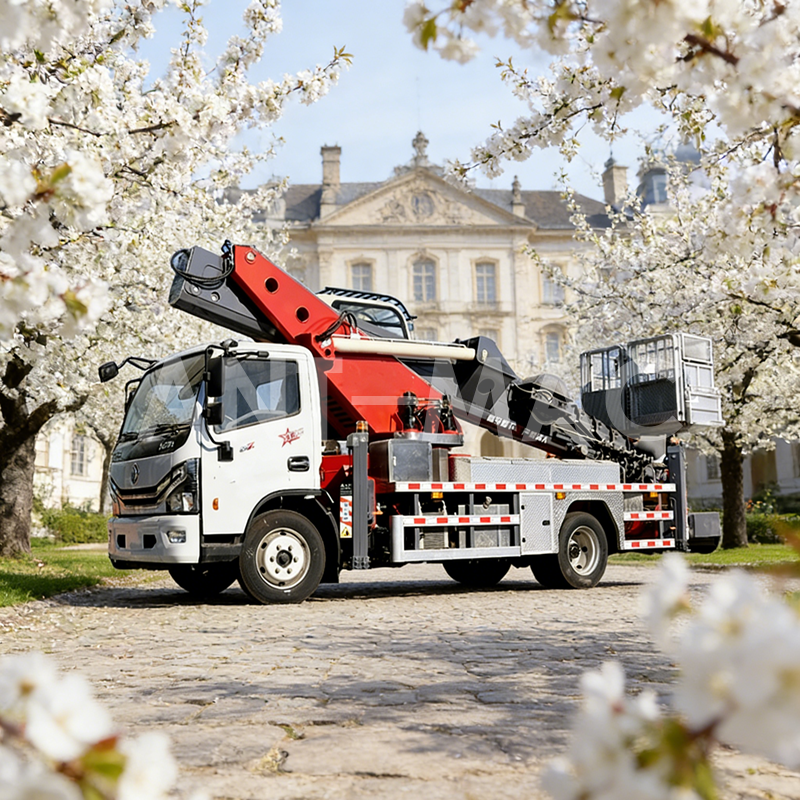 In-depth Analysis of Return on
In-depth Analysis of Return on
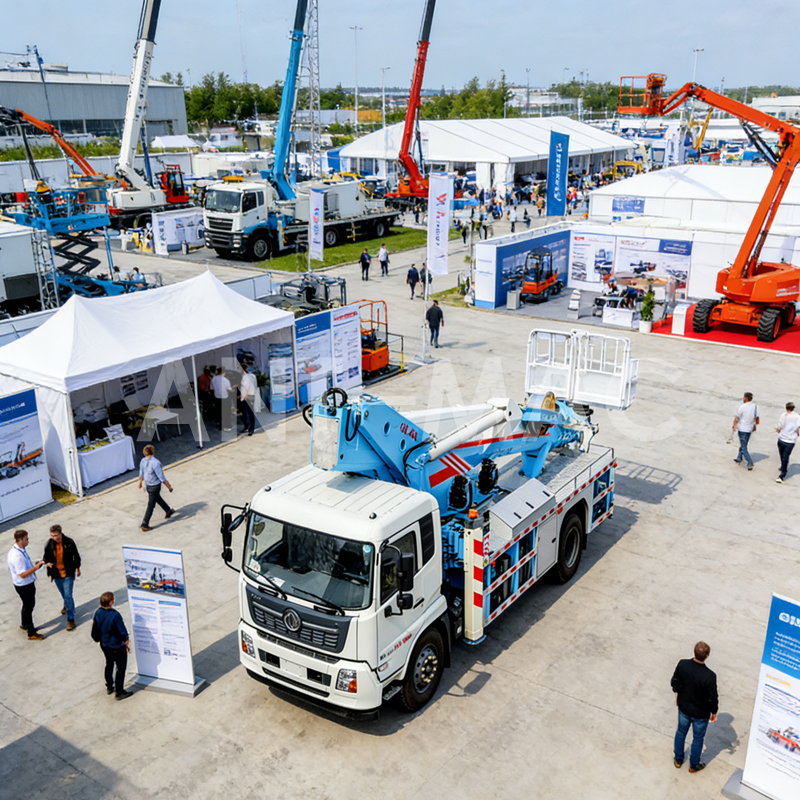 A Cost-Effectiveness Revolutio
A Cost-Effectiveness Revolutio
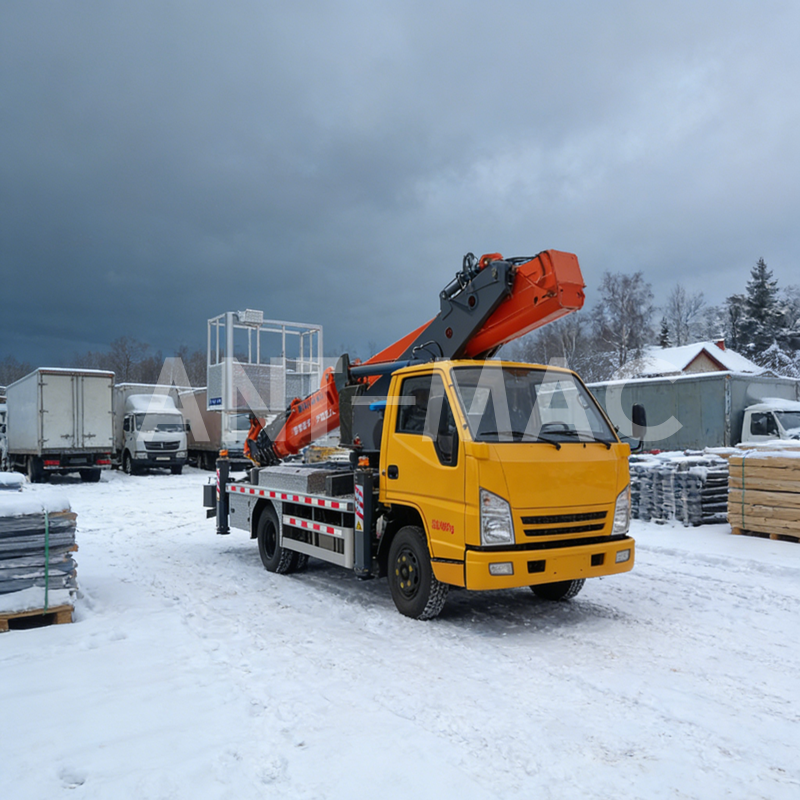 2026 Trend Insights: Four Core
2026 Trend Insights: Four Core
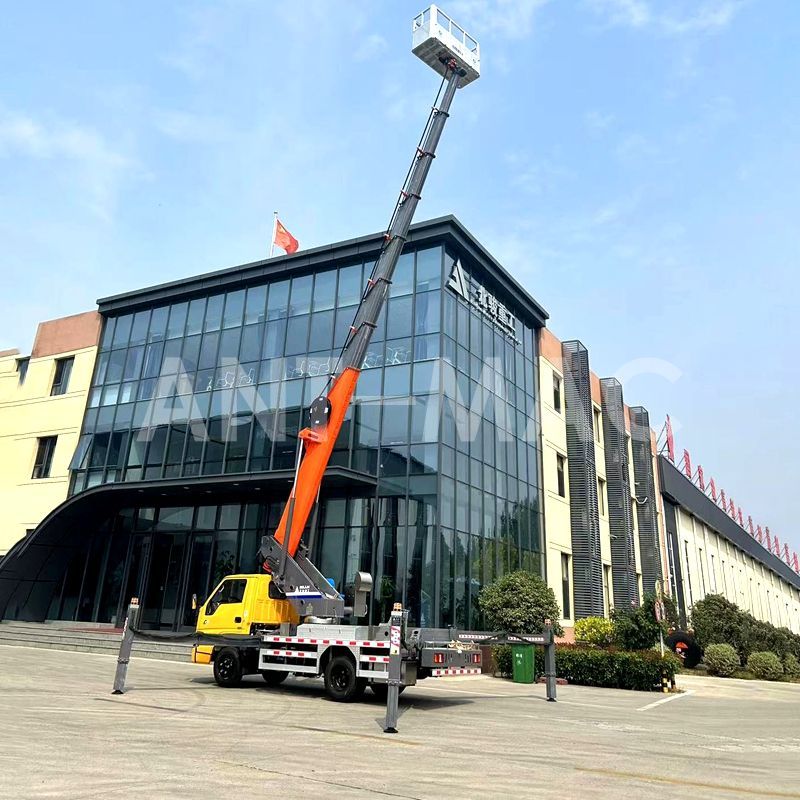 Five Criteria for Selecting Re
Five Criteria for Selecting Re
 Russian
Russian